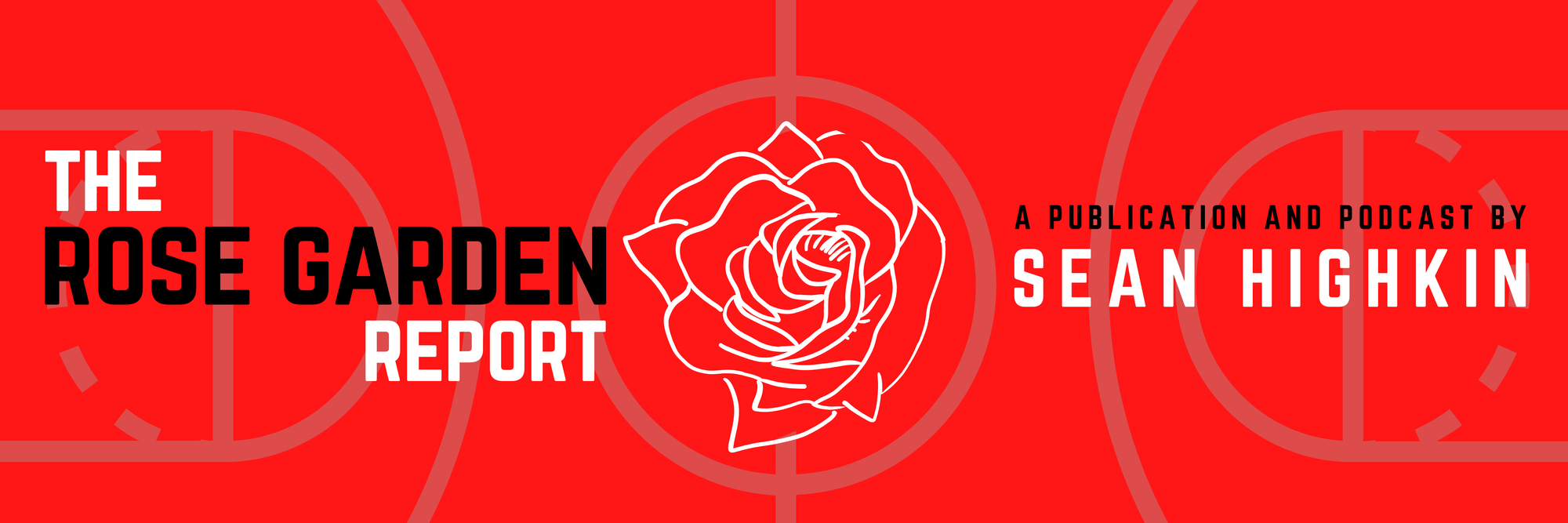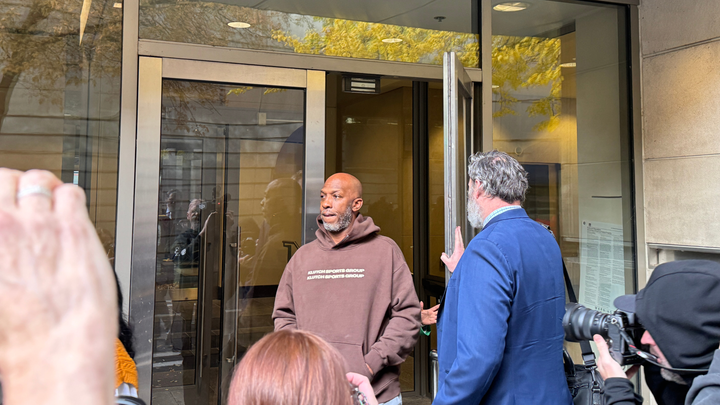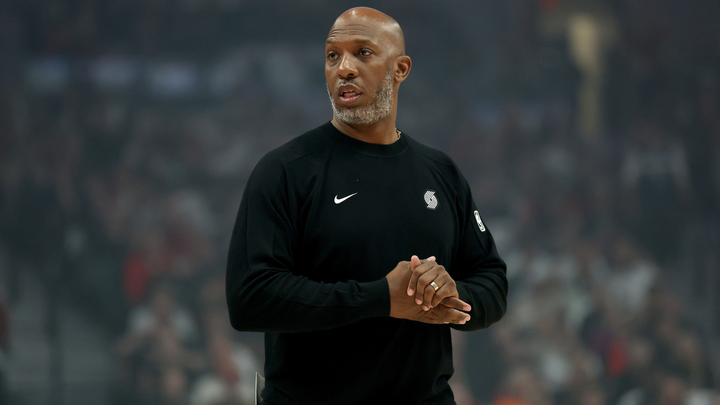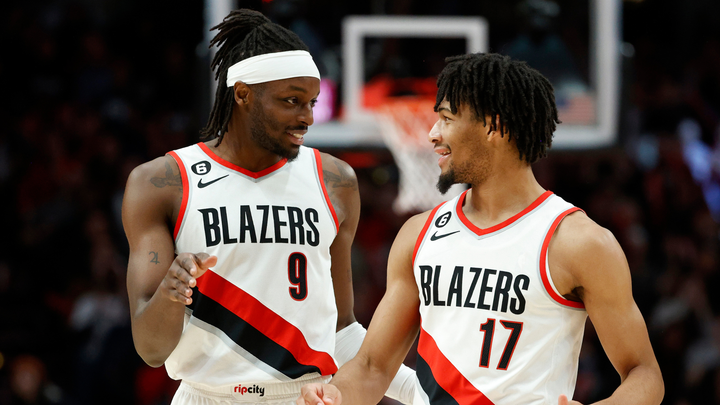Trail Blazers sign Taze Moore to 10-Day Contract
Moore is the first player to be called up to the NBA from the Blazers' new G League team, the Rip City Remix.

The Trail Blazers have signed guard Taze Moore to a 10-day contract, the team announced on Saturday morning. Moore had been playing for the Blazers’ G League team, the Rip City Remix, and is the first player to receive an NBA call-up since their inaugural season started.
The 25-year-old Moore played four seasons in college at Cal State Bakersfield before transferring to Houston, where he was a starter on the team that won the AAC Tournament in the 2021-22 season. He went undrafted in 2022 and played last season for the Dallas Mavericks’ G League team, the Texas Legends. The Remix acquired his rights from the Legends last week and he has appeared in two games for them.
The Blazers needed to sign someone by Saturday to meet the NBA’s roster requirements. On Jan. 6, they waived Skylar Mays and Ish Wainright, bringing their roster down to 13 players, one below the league minimum of 14 and had two weeks (through today) to fill that requirement.
Signing Moore makes their roster CBA-legal, for the next 10 days. After that, they’ll have to either sign another player to a 10-day contract, convert one of their two-way players to a standard NBA contract (such as Duop Reath), sign another player outright as a free agent, or make a trade to take back multiple players. If they like Moore, they could sign him to a second 10-day contract; after that, they will have to either sign him for the rest of the season or let him go.
At some point this season, the Blazers will have to convert Reath to a standard NBA contract. He’s already played in 29 out of the maximum 50 games for two-way players. If he doesn’t miss any games going forward (and, barring injury, there’s no reason to think he would, as he’s been the Blazers’ primary backup center since early November), he’ll hit that threshold on March 8.
There may be a few reasons why the Blazers haven’t simply converted Reath now to fill the roster requirements, when it is an inevitability that they will before the end of the season.
One is roster flexibility between now and the Feb. 8 trade deadline. If they trade one player (such as Malcolm Brogdon) for two or three players, they have to have enough open roster spots to take back all of the players to complete the trade; otherwise, they have to waive somebody. Having the 14th spot filled by a 10-day player makes that much easier.
Another reason may simply be negotiating a contract with Reath. The Blazers like him and want to keep him around beyond this season, which would mean figuring out a multi-year contract that works for both sides as far as number of years and guaranteed money. Reath, who has played in several other countries before coming to the NBA and is on the Australian national team, may have more lucrative offers overseas than he’d have in the NBA and want to keep his options open rather than locking himself into a three- or four-year contract full of team options and partial guarantees at close to the league minimum, as NBA contracts for two-way players usually are.
If they wanted to, the Blazers could go well above the minimum to sign him. They didn’t use any of their $12.4 million midlevel exception or $4.5 million biannual exception this summer in free agency.
It’s unlikely they’d go that high to sign a two-way player. When the Memphis Grizzlies converted two-way guard Vince Williams to a regular NBA contract, ESPN reported that his three-year, $7.9 million deal was the most money ever for a player on a two-way contract. Williams has been one of the few redeeming factors of a Grizzlies season where absolutely everything has gone wrong when it comes to injuries, so they wanted to lock him in. If the Blazers like Reath that much and want to keep him, they have the ability to do the same.
But there’s no rush to do it now if it takes longer to figure out a deal both sides are happy with. They aren’t up against a deadline to convert him until he hits the 50 games, which won’t happen until March. Chances are, they’ll see what the roster looks like after the trade deadline and make a decision then.




Comments ()